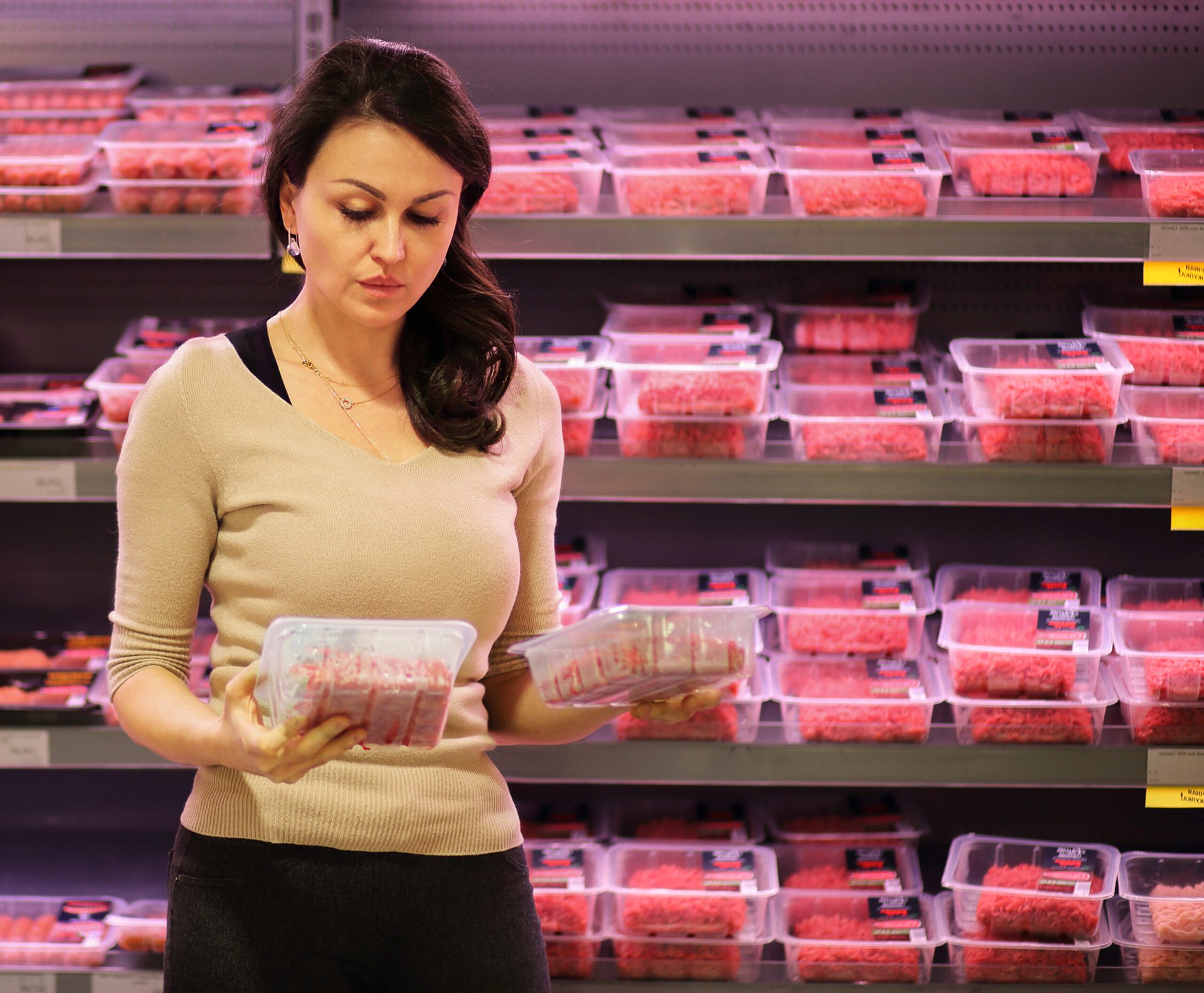
If you buy ground chicken, beware: Nearly 1 in 3 packages of this meat contained salmonella bacteria when tested by Consumer Reports.
Consumer Reports recently tested 351 packages of ground beef, pork, chicken and turkey that it purchased at grocery stores nationwide.
The nonprofit publication characterizes what it found as “alarming”:
- In addition to finding salmonella in one-third of ground chicken packages, the bacteria also showed up in a few samples of ground beef, pork and turkey.
- All the strains of salmonella detected in the ground meats were resistant to at least one antibiotic.
- In one sample of Kroger-branded ground beef purchased in Seattle, CR detected a strain of E. coli so dangerous that the publication promptly informed the U.S. Department of Agriculture (USDA). That led to a recall of more than 28,000 pounds of the meat.
In a story about CR’s findings, James E. Rogers, director of food safety research and testing at CR and a former official at the USDA, says:
“Right now, preventing illness caused by contaminated meat falls too heavily on the shoulders of consumers, not on industry or regulators. It shouldn’t be that way, and doesn’t have to be.”
Consumer Reports says eating tainted ground meat is more likely to make you sick than eating contaminated whole cuts of meat.
The contamination of whole cuts remains largely on the surface of the meat, making it easier to kill in the cooking process. By contrast, the contamination of ground meat mixes throughout the meat.
A package of ground meat also comes from a combination of several animals. So, one contaminated animal can impact many pounds of ground meat.
The frequency with which CR found salmonella in ground chicken underscores the widespread nature of meat contamination.
Salmonella was found in 23 of 75 samples tested, with all brands being largely equally likely to be contaminated, and with no discernable difference between organic and conventionally raised chickens.
According to Rogers:
“The message: Salmonella in ground chicken is more common than it should be. This is not an isolated or contained problem.”
How to avoid getting sick from tainted meat
For now, it is up to consumers to make sure they do not become sick from eating such meat. Consumer Reports says the best ways to avoid contamination are:
- Keep meat separate. At the grocery store, keep raw meats in a disposable bag and away from other foods to prevent contamination. At home, keep raw meat in a bag or bowl in the fridge.
- Use ground meat fast. It should be cooked within two days of purchase, or frozen for later.
- Never thaw meat on the countertop. Bacteria can multiply in these circumstances. Instead, thaw it in the fridge.
- Wash your hands often. When preparing meat, wash your hands with hot, soapy water before and after preparation.
- Cook meat thoroughly. Check it with a meat thermometer. Ground beef and pork should be cooked to 160 degrees Fahrenheit. Poultry of all types should be cooked to 165 degrees, and beef roasts, beef steaks, pork roasts and pork chops should be cooked to 145 degrees.
- Store leftovers quickly. Do not leave any cooked food unrefrigerated for more than two hours — or one hour if you’re outside and it’s 90 degrees or higher out — after it is removed from the stove, oven or grill.





Add a Comment
Our Policy: We welcome relevant and respectful comments in order to foster healthy and informative discussions. All other comments may be removed. Comments with links are automatically held for moderation.